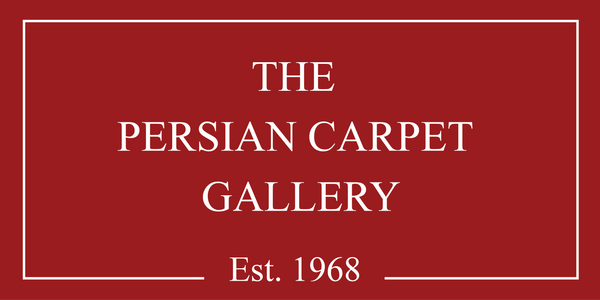Istanbul’s Carpet Museum
Situated within the Hagia Sophia in Istanbul, Turkey, the remarkable Istanbul Carpet Museum showcases a stunning collection of textile masterpieces dating from the 14th to the 19th centuries. With a history spanning over 40 years, the museum continues to captivate visitors daily with its extensive and impressive assortment. Let's delve into what makes the Istanbul Carpet Museum such a remarkable destination.
Historical Background of the Istanbul Carpet Museum
Initially established within the Hunkar Kasri, a small palace constructed alongside the Sultan Ahmet Mosque in the early 1600s, the museum was intended for the sultan's relaxation before and after prayers. However, due to its inadequate display space for the carpet collection, the museum underwent relocation.

Presently, the enchanting carpet museum occupies the former Almhouse of Hagia Sophia, originally commissioned by Sultan Mahmud I in 1743 as a soup kitchen serving the needy and orphaned. Today, it serves as a hub for historical engagement and discourse, having opened its doors to the public as a museum in April 1979. Notably, the museum's proximity to the renowned Topkapi Palace Museum further enhances its appeal, offering a rich display of exquisite antique carpets.
Exploring the Enchanting Istanbul Carpet Museum
Upon entering the museum's inviting open courtyard, visitors are led into distinct galleries that showcase the museum's diverse collection. The first gallery, once the dining area of the Almhouse, features rugs dating back to the 14th and 15th centuries, showcasing enduring beauty despite some wear.
Moving to the second gallery, originally the kitchen, visitors encounter Anatolian carpets from the 15th to 20th centuries, many of which were once displayed in mosques during the Ottoman era. The third gallery, formerly the bakery, boasts the museum's largest carpets, some extending from floor to ceiling in their display.
Additionally, a small fourth room connected to the museum houses a selection of smaller Anatolian carpets, adding further depth to the museum's offerings.

The Istanbul Carpet Museum's infrastructure is meticulously designed to preserve its ancient artifacts. Restored multiple times to ensure modern functionality, the museum features electronically controlled double doors between halls, maintaining optimal conditions for preserving centuries-old carpets.
Beyond its impressive carpet collection, the museum offers supplementary materials such as a comprehensive board detailing common rug motifs and their meanings, along with illustrations of Western artworks depicting Oriental carpets throughout history. Visitors can also experience interactive elements, including a life-size animated display of Jean Leon Gerome's 1887 painting "The Carpet Market" and a floor panel in the third gallery that gradually generates a carpet image when walked upon.
With over 800 antique pieces, the Istanbul Carpet Museum promises an immersive and educational experience for all attendees. Whether planning a visit or exploring virtually, the museum's allure is sure to leave a lasting impression.



